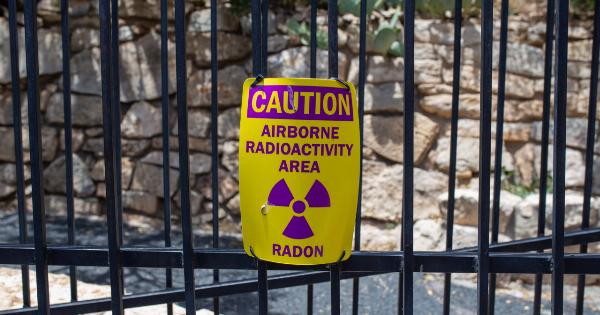Injectable fat-busting treatments are gaining popularity as a quick solution for those who want to lose stubborn fat without surgery or exercise.
These treatments promise to melt away fat cells and contour the body to achieve a slimmer and more defined physique. While some people swear by these treatments, others claim that they are risky and dangerous. In this article, we will explore the effectiveness and risks of injectable fat-busting treatments.
What are injectable fat-busting treatments?
Injectable fat-busting treatments, also known as lipolytic injections, are non-surgical procedures that use chemicals to dissolve fat cells in targeted areas of the body.
The most common injectable substances used for these treatments are phosphatidylcholine (PPC) and deoxycholic acid (DCA).
How do these treatments work?
Phosphatidylcholine (PPC) is a naturally occurring substance that is found in our bodies. When injected into fat cells, it breaks down the cell membrane, causing the cells to release their stored fat.
The body then eliminates the fat through the lymphatic system. Deoxycholic acid (DCA) is a bile acid that is used to break down dietary fat. When injected into the body, it disrupts the cell membrane of fat cells, causing them to burst and release their contents. The fat is then absorbed by the body and eliminated through the liver.
Effectiveness of injectable fat-busting treatments
Injectable fat-busting treatments have been proven to be effective in reducing small pockets of fat in targeted areas such as the chin, abdomen, thighs, and love handles.
Studies have shown that the treatments can result in a reduction of up to 20% of fat in the treated area. However, the results may vary depending on the individual’s body type, the amount of fat being treated, and the number of treatments received.
Possible Risks and Side Effects
While injectable fat-busting treatments are generally considered safe, they are not without risks and side effects. The most common side effects include swelling, redness, bruising, and tenderness in the treated area.
In some cases, patients may experience more serious side effects such as skin ulcers, infections, and nerve damage. Additionally, there may be a risk of fat embolism, which occurs when the injected substance enters the bloodstream and blocks blood flow to vital organs.
Who is a good candidate for injectable fat-busting treatments?
Injectable fat-busting treatments are not suitable for everyone. Ideal candidates for these treatments are individuals who are close to their ideal weight but have small pockets of fat that are resistant to diet and exercise.
It is important to have realistic expectations and understand that these treatments are not a substitute for a healthy lifestyle. Patients who have a history of blood clotting disorders or are taking blood thinners should not undergo these treatments. Pregnant or breastfeeding women should also avoid these treatments.
What to expect during and after the treatment?
During the treatment, the patient is injected with the lipolytic substance using a fine needle. The number of injections and the amount of substance used depend on the size and location of the treatment area.
The procedure is usually performed under local anesthesia, and the patient can return home immediately after the treatment. After the treatment, the patient may experience some pain, swelling, and bruising in the treated area. It is recommended to avoid strenuous exercise and massage in the treated area for several days after the treatment. The patient may need several sessions, usually spaced a few weeks apart, to achieve the desired results.
Conclusion
Injectable fat-busting treatments can be an effective solution for those looking to reduce stubborn fat in targeted areas. However, these treatments come with risks and side effects that need to be considered.
It’s important to consult with a qualified and experienced healthcare professional before undergoing any aesthetic treatment to determine if it is suitable for your individual needs and goals.































